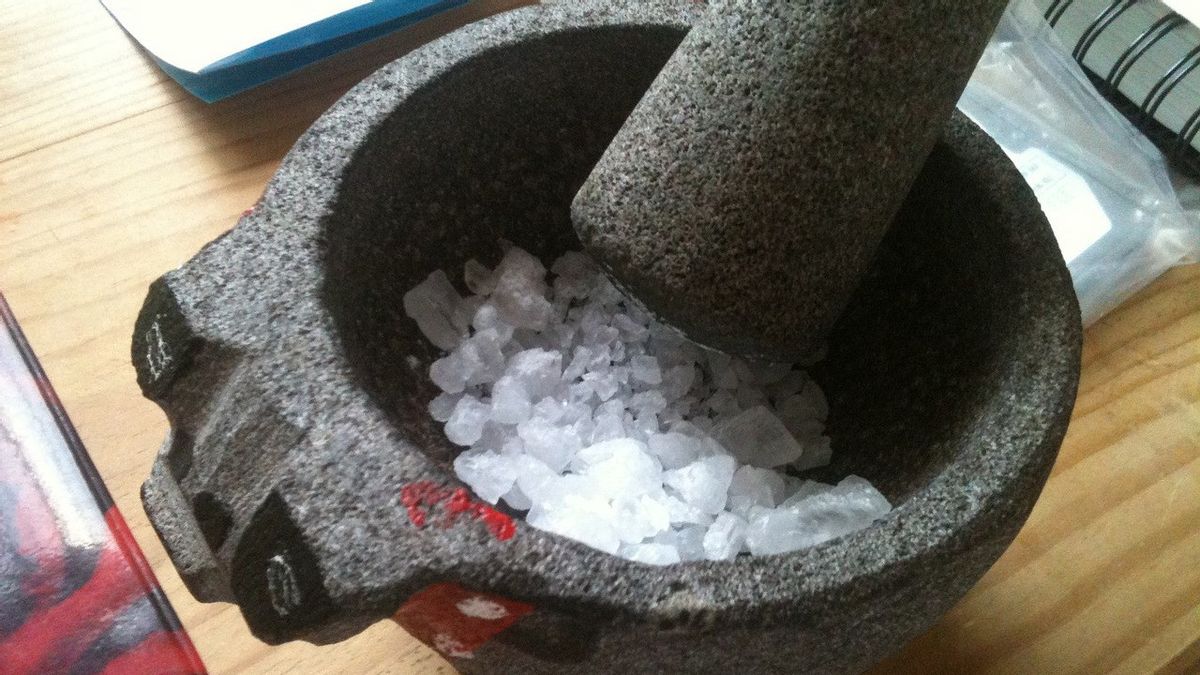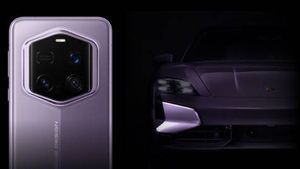YOGYAKARTA There are a number of indicators that can be used to distinguish genuine and fake codeks. Cobek made of real stone can be recognized by color, price, and density of rock pores.
Cobek batu is a traditional cooking utensil that is quite popular, used to smooth the spices. Cobek batu was chosen because it offered several bulges compared to a codek made of cement. One of them, codek batu is more durable than cobek cement.
Unfortunately, not all rock raids on the market are made of real stones. Many are fake or use mixed materials whose quality is far below the original stone.
For this reason, it is very important to know how to distinguish real and fake rock codek from getting a tool that is durable and safe to use.
Compiled from various sources, at least, there are five things that can be used as indicators to distinguish genuine and fake codeks, including:
Cobek color can be used as an indicator to distinguish real and fake rock codek. On the market, there are many fake codeks from cement that are painted to resemble real rock codeks.
Cobek native stones usually have a more natural color, such as dark gray. This color comes from natural rocks that are not mixed with other ingredients.
Meanwhile, fake codek has a color that is too bright or dark, because the manufacture uses an additional dye.
Prices can also be a differentiating factor between original and fake rock codek. Cobek native stones are generally more expensive because of the more difficult ingredients and the process of making them.
If you find a coinbe at a price that is too cheap, there is a good chance that the codek is not made of real rock. Fake CObeks, especially those made of cement, are usually sold at a much more affordable price.
The next indicator is the smell of codek. Cobek made of real rock has the same smell as stones in general, not strong enough so it is good to use it to smooth the spices.
To distinguish real and fake rock codek, you can also soak it in water. Good original rock raids will emit air bubbles because they are porous.
Cobek as a native stone will generally not cause marks when caught with a knife, fork, or other sharp objects.
If a scratch appears, it is likely that the codek is fake. This is because the codek is made of cement covered with paint. As a result, when exposed to scratches, the paint will automatically peel off.
Heavy is another important indicator in distinguishing the original rock codek from fake ones. The original rockcobe has a significant weight because it is made of natural rock.
For example, medium size andesite codek can reach 3-5 kilograms. Meanwhile, fake codek is usually much lighter because it uses cheaper mixed materials and is not as dense as natural rock.
SEE ALSO:
The next way to distinguish real and fake rock raids is to check the density of the porny.
To do this step, swab the surface of the codek with your hands. Cobeks made of original stones generally have large pores, so they feel rougher when probed.
If the surface of the codek feels smooth and soft, you should suspect that the codek is made from cement that is added to the dye.
That's information about indicators to distinguish real and fake rock raids. Hopefully this article can add insight to the loyal readers of VOI.ID.
The English, Chinese, Japanese, Arabic, and French versions are automatically generated by the AI. So there may still be inaccuracies in translating, please always see Indonesian as our main language. (system supported by DigitalSiber.id)















